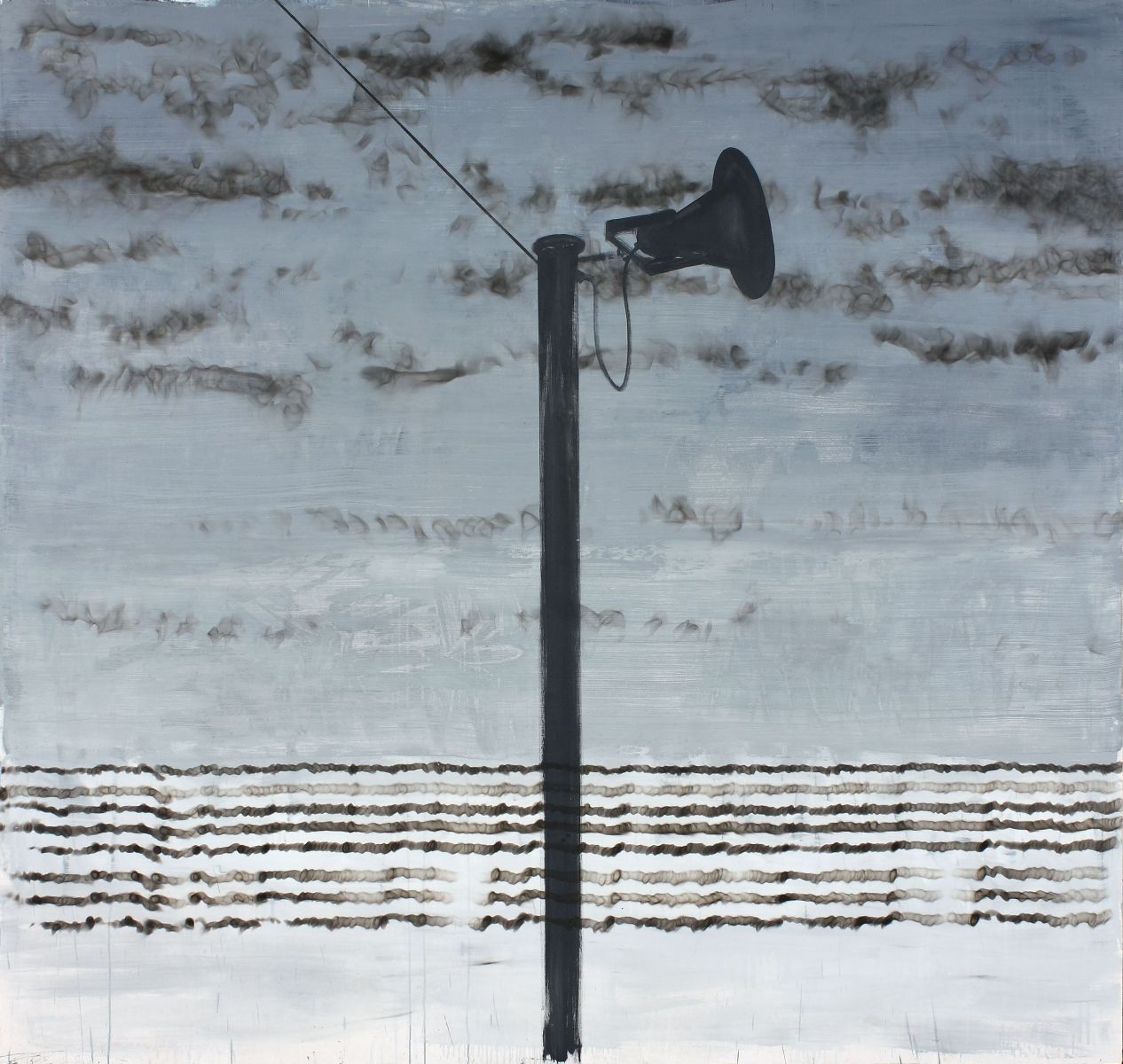In 1990, Ričardas Povilas Vaitiekūnas initiated the founding of the painters’ group “24” that included the most prominent “silent modernists” who sought to represent a higher, elite form of art. The group held its final exhibition at the Lietuvos Aidas Gallery in 1999. The group’s members and theoreticians (including the renowned art critics Alfonsas Andriuškevičius and Viktoras Liutkus) were unable to preserve painting’s prominent position within the arts or the special status and influence enjoyed by painters in various artistic institutions
|
Read more: The “24” Group
|
By the mid-1990s, painting had found itself on the periphery of the artistic world. Followers of the classics castigated the new technological media art that now overshadowed more traditional artistic fields. Nevertheless, the painters of this period continued to paint. Their works were exhibited in the art halls of Kaunas and Klaipėda as well as in private galleries (such as Lietuvos Aidas and Vartai) established during the early years of national rebirth under the Sąjūdis movement and immediately after the restoration of independence. As inflation surged, many Lithuanian works of art were sold at a fraction of their value to buyers in Western Europe. The Lithuanian art market that had begun to form during the Soviet period gradually found stronger roots.
The painters’ group “Angis”, founded in 1989 by Jonas Gasiūnas, remained active until 2010. Its members included many artists from Kaunas who, for a time, best represented the stubborn, ever vocal “dinosaurs” of the art of painting. The neo-expressionist, large format paintings of the Angis group were influenced by the hippy culture, psychedelic music, popular culture clichés, advertising and cinema, as well as by a need to re-imagine classic Lithuanian modernists, particularly Gudaitis.
The group’s abstract works were a significant contribution to the development of painting. Henrikas Čerapas developed an almost monochromatic abstract expressionism with references to landscapes. The colour black was given substance not only with paint, but also with the use of asphalt tar. Later paintings included text. Rimvydas Jankauskas-Kampas also painted abstract creations with landscape traits, only in bright colours, while his gaze tended to turn earthward rather than skyward. Vytautas Dubauskas created colourful abstract works with hints of figure compositions. The works of Ričardas Nemeikšis featured evenly painted borscht-coloured canvases with minimalist additions or illusions of three-dimensional spaces lacking any clear objects from the visible world. He later took to affixing shiny ornaments on cardboard packaging.
Several artists of the younger generation cultivated the traditions of realistic, pictorial expressionist painting in the last decade of the 20th century. Saliamonas Teitelbaumas, using thick paint to portray cityscapes, self-portraits or characters from plays staged by Eimuntas Nekrošius, sought inspiration from the Paris School and the works of Jewish artists from inter-war Kaunas. After experimenting with banal modernist motifs, Sigita Maslauskaitė later used wide, thick brush strokes to create religious paintings based on the canvases of the Baroque masters.




Comments
Write a comment